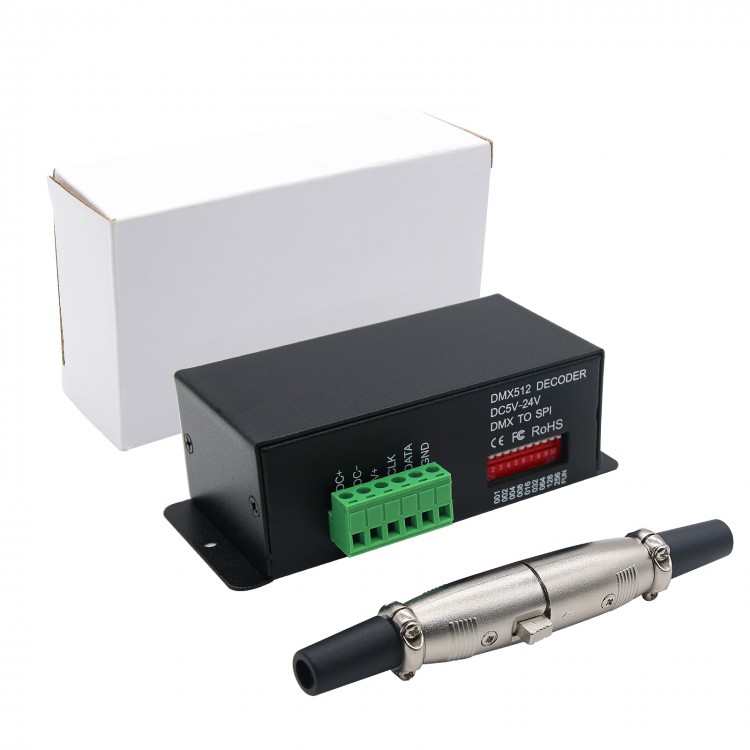

- #Controlair rc transmitter manual
- #Controlair rc transmitter Pc
While you are in one of the 3 setups, the SET and MODE buttons will increment and decrement the setting respectively. Regardless of which setup you have entered the STAT2 light will begin blinking to tell you which setting you currently have selected. You can change the Mode, Option and Battery settings.Ĭlick MODE, or SET, or LIPO to enter Mode Setup, Option Setup, or Battery Setup respectively.
#Controlair rc transmitter Pc
RoboClaw Motor Controller Settings: You can change your RoboClaw settings either via the on-board momentary push buttons, or by plugging into a PC via a USB cable and using the IonMotion Setup Application but make sure you've first installed the USB Roboclaw Windows Driver.įor now I'll assuming you are using the on-board buttons.
#Controlair rc transmitter manual
I have come to the presumption because the user manual seems very RC plane biased (based on the nomenclature). I presume the Tactic does this because it makes sense in the world of RC planes. This is because when I let the transmitter do the mixing (in what I refer to as "mixing mode B" below) moving the stick diagonally (top left, top right, bottom right, bottom left) does not drive the bot at all, this can be very disorienting if it is not the behavior that you are expecting. After some experimentation with both I found letting the motor controller do the mixing worked much better for driving a robot. There are 2 ways to go about channel mixing with this setup: either we can let the transmitter do the mixing or we can let the motor controller do the mixing. So we will want to mix channels 1 & 2 so pushing the stick forward drives both sides forward, pulling back will drive both channels backwards and pushing the stick left and right will steer the robot tank style.


If we don't mix the channels then pushing the stick forward or back would drive one side of the robot and pushing the stick left and right would drive the other side of the bot. We will just be using the right joystick. Don't leave them unattended and put them in a fireproof bag or container while charging.īut First a Note about Channel Mixing: The x and y axis of each joystick on the transmitter each has its own channel (that's why our 2 joystick transmitter has 4 channels).
Always take care when charging LiPo batteries. this means if you are using a 2S LiPo you don't want to let it get down to 6v. Never let your LiPo get down to or less than 3v per cell. a 1,000mAh battery with a 20C can handle 20 amp loads. C (Capacity): The maximum safe rate of discharge for your battery. The more volts the faster the motors will turn. V (Volts): Often times LiPo batteries just list the S rather than the Volts since it can be determined by the S value. Keep in mind that a fully charged LiPo cell will put out more like 4.2v each so after a charge you will really get more like 8.4v out of a 2s and 12.6v out of a 3s LiPo. Since it is standard for each cell to be 3.7v a 2S battery will be 7.4v, while a 3s battery will be 11.1v and so on. S (Series): This represents how many individual cells are connected in series. Since you can approximate run-time by dividing the battery's mAh by the load's mA with this battery and bot combination you would get between 24min up to 1hr 52min of run-time. Multiply by 6 and you get a range of 1,140mA - 1,500mA being drawn by these motors. Each motor will draw between 190mA (with no load) up to 250mA (max load). Let's say you want to use something like this 610mAh battery for the Bogie which has 6 motors. mAh (milliampere-hour): The larger the mAh rating the longer your bot will run. They have several different metrics they are rated by:. Just about any small LiPo will do as long as it matches the voltage range of the motors and motor controller and has a high enough mAh rating to power the motors. Battery: Get ready to connect the battery to the motor controller, but don't connect it just yet. This is referred to as a BEC (Battery Eliminator Circuit). Using the jumper means that instead of connecting a separate battery to power the motor controller logic, you can use the same battery that is powering the motors. 
LB-MB stands for Logic Battery - Motor Battery.
BEC: Look on the motor controller for 2 pins labelled "LB-MB" and make sure they have a jumper across them. The yellow wire goes towards the outer edge of the RoboClaw and towards the label (CH1 for example) on the receiver. Receiver: Connect the receiver to the RoboClaw as shown. If one side is going not going in the direction you desire simply swap the + and - wires where it connects to the motor controller. Connect the motor wires to the screw terminals on the RoboClaw Motor Controller as shown in the diagram. If you have more than 1 motor per side: wire the motors on each side in parallel.








 0 kommentar(er)
0 kommentar(er)
